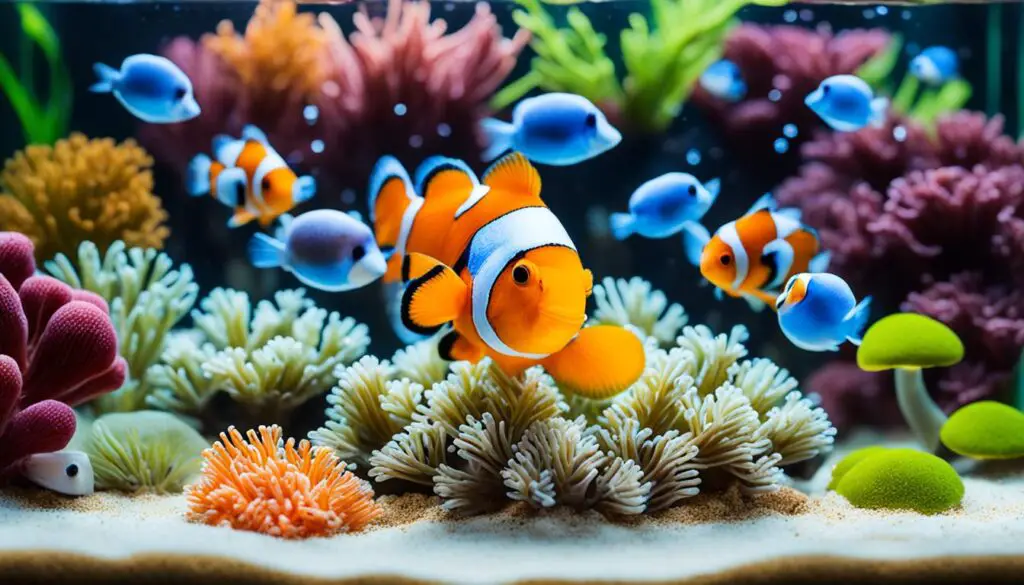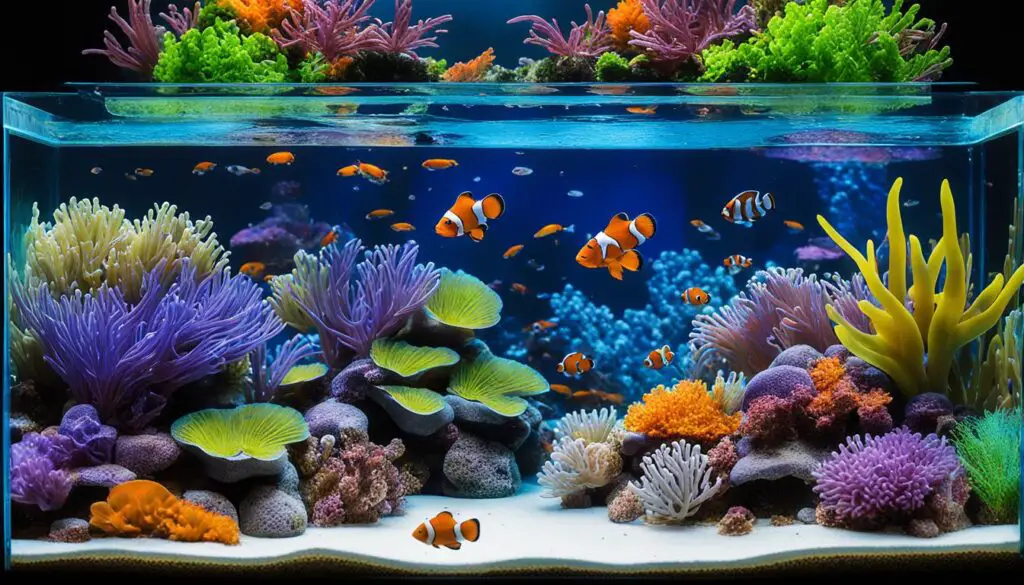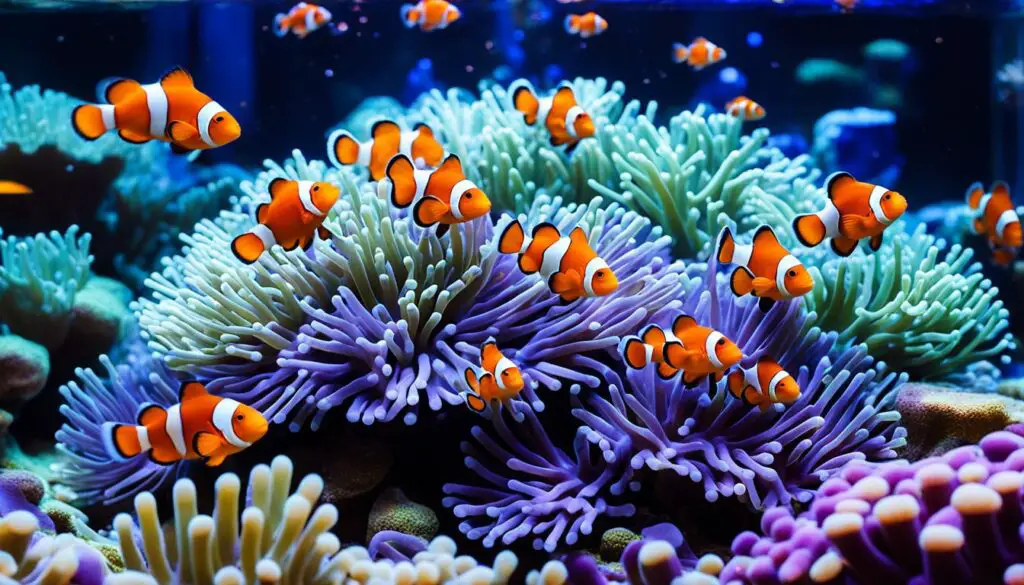Where To See Manatees In Florida

Introduction
Where To See Manatees In Florida: Florida, the Sunshine State, is home to an array of natural wonders, but few are as captivating and heartwarming as the gentle giants of its aquatic ecosystems—the manatees. These large, herbivorous marine mammals, often referred to as “sea cows,” have captured the hearts of visitors and residents alike, drawing people from around the world to Florida’s pristine waters in hopes of catching a glimpse of these magnificent creatures.
From the warm, crystal-clear springs of Central Florida to the lush, winding waterways of the Gulf Coast and the Atlantic Ocean, manatees inhabit a variety of habitats, each offering a distinct and awe-inspiring encounter with these slow-moving, yet endearing animals. Whether you’re a nature enthusiast, a wildlife lover, or simply curious about the wonders of Florida’s underwater world, the state’s manatee viewing locations provide a rich tapestry of opportunities to observe and appreciate these remarkable creatures in their natural environment.
Join us as we embark on a journey to uncover the magic of manatee encounters in the heart of Florida’s aquatic landscapes, where serenity and connection with nature await those who venture to see manatees in their element.
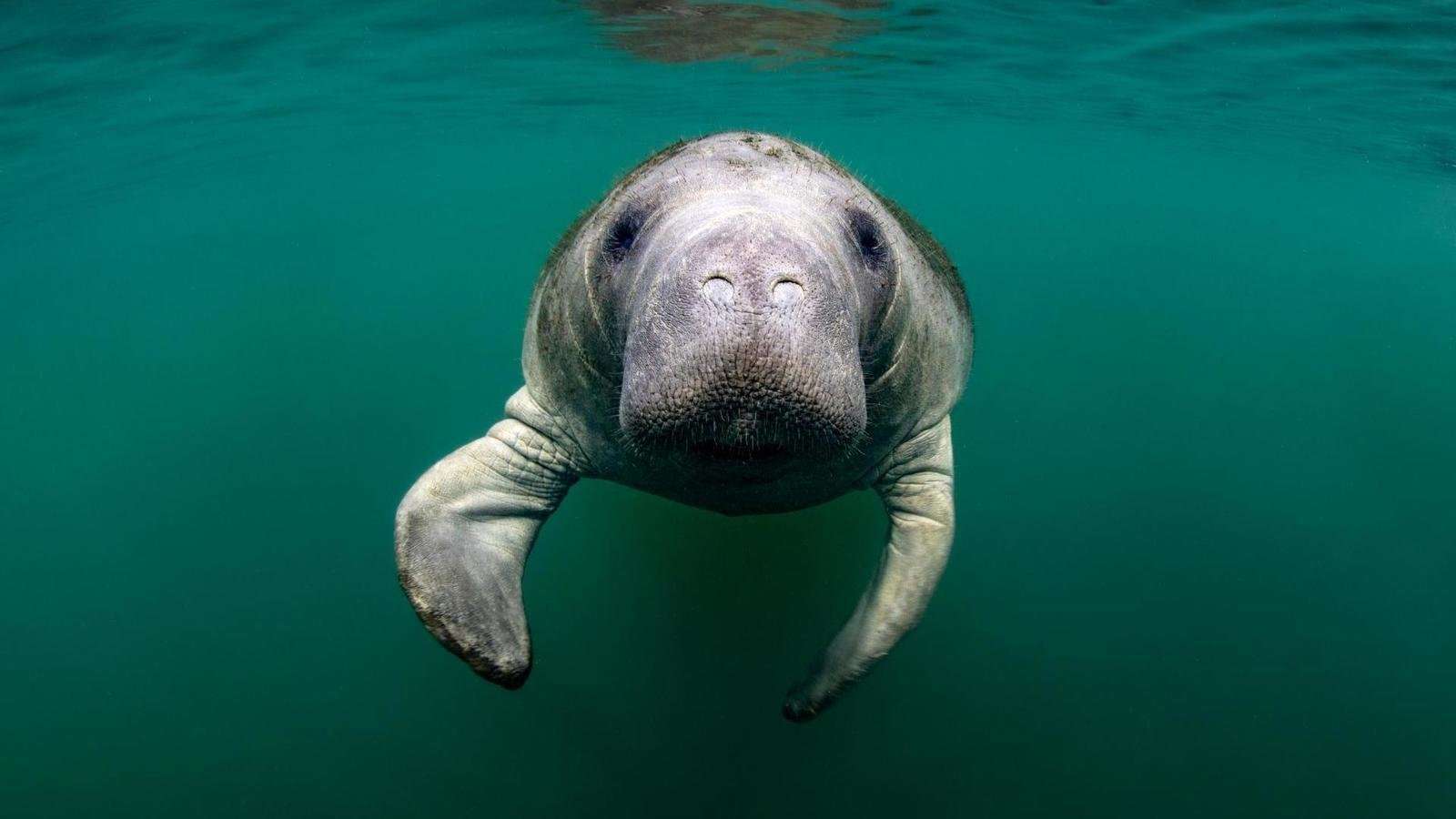
Where is the best place in Florida to see manatees?
Crystal River
Crystal River is the #1 place to see manatees in Florida! It is known for its many natural springs. Three Sisters Springs, located in Crystal River, is one of Florida’s most popular springs and is known to have hundreds of manatees resting inside of it at one time!
The best place in Florida to see manatees is undoubtedly the Crystal River and Homosassa Springs area on the state’s Gulf Coast. These charming towns are a haven for manatee enthusiasts, offering a wealth of opportunities to observe these gentle giants up close. Crystal River, in particular, is renowned for its warm, spring-fed waters, which provide a cozy winter refuge for manatees seeking warmth.
One of the most iconic spots in this region is the Crystal River National Wildlife Refuge, where manatees gather in large numbers from November to March. Visitors can embark on guided tours, or even take a refreshing swim or snorkel to encounter these remarkable creatures in their natural habitat. Homosassa Springs State Park is another fantastic destination, featuring a manatee rehabilitation center and underwater observatory where you can watch manatees year-round.
The Crystal River and Homosassa Springs area isn’t just a place to see manatees; it’s a place to connect with these lovable marine mammals on a personal level, fostering a deep appreciation for the importance of their conservation. With its picturesque scenery and ample opportunities for manatee encounters, this region stands as a top choice for anyone looking to experience the magic of manatees in Florida.
What is the best time of year to see manatees in Florida?
Which months are best for seeing manatees? The peak season for observing manatees is November through April, and the local manatee population swells to its largest size between December and February. You can spot manatees in our waterways all year round, but the population is much smaller during the summer months.
The best time of year to see manatees in Florida largely depends on the climate and the manatees’ seasonal behavior. While manatees can be found in Florida waters throughout the year, the prime season for manatee watching is from November through March. During this period, as the weather cools and water temperatures drop, manatees seek out warmer waters to survive the chilly winter months. This behavior brings them to various natural springs and other warm-water refuges in the state.
One of the most popular times to see manatees is in the heart of winter, from December to February, when the large gatherings occur in these warm-water havens. Locations like Crystal River, Blue Spring State Park, and Homosassa Springs become bustling manatee sanctuaries during this period, providing excellent opportunities for visitors to view and interact with these gentle giants.
While winter offers the most reliable and concentrated manatee sightings, you can still encounter them in Florida waters during other months, especially along coastal areas, rivers, and estuaries. Keep in mind that manatee watching can be weather-dependent, as their behavior is closely tied to water temperature, so checking local conditions and forecasts is essential for a successful manatee-watching experience.
Where do the manatees live in Florida?
Manatees live in Florida’s waterways
Most of the year, the animals may be found in fresh or salt water, preferring calmer rivers, estuaries, bays and canals around coastal Florida.
Manatees in Florida can be found in a variety of aquatic habitats, each offering a unique environment for these gentle marine mammals. Some of the key locations where manatees live in Florida include:
- Natural Springs: Florida’s natural springs, such as Crystal River, Blue Spring State Park, and Wakulla Springs, provide warm, constant-temperature waters that are essential for manatees during the colder months. These springs serve as critical winter refuges for manatees.
- Coastal Areas: Manatees inhabit the coastal waters along Florida’s Atlantic and Gulf coasts. They can often be spotted in shallow bays, estuaries, and lagoons, where they feed on seagrass and aquatic plants.
- Rivers and Inlets: Many of Florida’s rivers and inlets are home to manatee populations. These slow-moving mammals can be seen in areas like the Indian River Lagoon, St. Johns River, and the Intracoastal Waterway.
- Manatee Sanctuaries: Several manatee sanctuaries and protected areas have been established to safeguard these animals. These include Crystal River National Wildlife Refuge, which is a crucial manatee protection area, and the manatee rehabilitation center at Homosassa Springs State Park.
- Intercoastal Waterways: Manatees also inhabit the intercoastal waterways, often traveling through these channels to find suitable habitats and breeding grounds.
Is it rare to see a manatee in Florida?
You can see manatees in Florida waters any time of year, but manatees are more commonly spotted from November to March, when they gather in places with warmer water. What is this? The suggestions here are for winter viewing of manatees.
While manatees are not an everyday sight, they are not exactly rare in the Sunshine State. Florida is home to the largest population of West Indian manatees in the United States, and the state’s warm waters serve as a crucial refuge for these gentle marine mammals. Manatees are known to inhabit the coastal areas, rivers, and freshwater springs of Florida, seeking warm waters in the winter months.
The best time to spot manatees is during the cooler months when they gather in the warm-water springs and power plant outflows. Some popular locations for manatee sightings include Crystal River, Blue Spring State Park, and Homosassa Springs Wildlife State Park. Additionally, there are several tour operators that offer manatee-watching experiences, increasing the chances of encountering these lovable creatures.
While manatee encounters are relatively common in Florida, their status as an endangered species highlights the need for continued conservation efforts. Strict regulations are in place to protect these slow-moving animals from boat collisions and habitat degradation. So, while manatees are not rare in Florida, their presence remains a precious and protected part of the state’s unique aquatic ecosystem.
Can you touch a manatee in Florida?
Look, but don’t touch manatees.
Do not pursue or chase a manatee if you see one while you are swimming, snorkeling, diving, paddling or operating a boat. Never poke, prod or stab a manatee with your hands, feet or any object.
In Florida, it is generally discouraged and often illegal to touch manatees in the wild. Manatees are protected by both federal and state laws, such as the Marine Mammal Protection Act and the Endangered Species Act, which prohibit harassing, harming, or disturbing these gentle creatures. Touching or approaching manatees can cause them stress, disrupt their natural behaviors, and even lead to injury.
However, there are some exceptions to this rule. Under specific circumstances, such as when a manatee approaches you and initiates contact, you should avoid touching or disturbing the animal and allow it to control the interaction. In certain supervised and controlled environments, such as at manatee rehabilitation centers or educational programs, you may have the opportunity to touch a manatee, but always under the guidance and supervision of trained professionals.
Respecting manatees’ space and adhering to the regulations designed to protect them is vital for their well-being and conservation. Observing these magnificent creatures from a respectful distance and participating in responsible wildlife viewing practices ensures their safety and helps preserve their natural habitats. It allows us to enjoy the beauty of these endangered marine mammals while contributing to their protection and continued survival.
Are Florida manatees friendly?
Manatees have a kind and fearless demeanor because of the lack of natural predators. They have also not developed an elaborate escape response or aggression mechanism, so they tend to handle most situations with an incredible degree of gentleness and respond warmly to people.
Florida manatees are often described as gentle and docile creatures, which can give the impression of friendliness. They are not naturally aggressive and are known to be curious about their surroundings. In some cases, they may approach boats or humans out of curiosity, especially in areas where they are accustomed to human presence.
However, it’s important to remember that manatees are wild animals and should be treated with respect and caution. Approaching or attempting to interact with them can be stressful for the animals and may disrupt their natural behaviors. It can also be potentially dangerous for both humans and the manatees.
Feeding or attempting to feed manatees is illegal and can be harmful to their health. It can disrupt their natural feeding patterns and may lead to dependence on humans for food, which is not in their best interest.
While they may exhibit behaviors that seem friendly, it’s crucial to maintain a safe distance and observe them from a respectful distance. Enjoying these magnificent creatures from afar helps ensure their well-being and conservation.
How can I help protect manatees while visiting Florida?
While visiting Florida, there are several ways you can contribute to the protection of manatees. Firstly, always follow posted speed limits and be vigilant while boating, especially in areas known to be frequented by manatees. Collisions with watercraft are a leading cause of manatee injuries and fatalities.
Additionally, be mindful of designated manatee zones and adhere to any regulations put in place to protect their habitats. These zones are crucial for their safety and well-being.
Support local conservation efforts and organizations dedicated to manatee protection. Donations and volunteering can go a long way in funding research, rescue, and rehabilitation programs.
Educate yourself and others about manatees and their endangered status. Spread awareness about their conservation needs and advocate for their protection.
Dispose of trash and fishing gear properly to prevent entanglement hazards for manatees and other marine life.
Choose eco-friendly and responsible tour operators if you plan on participating in activities like kayaking, snorkeling, or wildlife tours. Ensure they follow ethical practices that prioritize the well-being of the animals and their habitats.
By taking these steps, you can help ensure that these beloved creatures have a fighting chance at survival in their natural habitat. Your efforts, no matter how small, can make a significant impact on the conservation of Florida’s manatees.
Are manatees endangered in Florida?
Manatees are indeed endangered in Florida. These gentle marine mammals, also known as sea cows, face numerous threats that have led to their declining population. The primary factors contributing to their endangered status include habitat loss, watercraft collisions, and cold stress syndrome.
Florida’s coastal development has significantly reduced the available habitat for manatees, leading to overcrowding in limited areas and making them more susceptible to various dangers. Collisions with boats and other watercraft pose a severe threat to manatees, often resulting in injuries or fatalities. Despite conservation efforts to create safe zones and speed limits in manatee habitats, this remains a critical issue.
Another significant concern is cold stress syndrome, which occurs when water temperatures drop suddenly. Manatees, being warm-water animals, are ill-equipped to handle these temperature changes and can suffer from cold-related illnesses or even death.
Conservation organizations, along with government agencies, are working tirelessly to protect and preserve the remaining manatee population. Efforts include establishing protected areas, implementing stricter boating regulations, and conducting rescue and rehabilitation programs. Despite these endeavors, the future of manatees in Florida remains uncertain, highlighting the urgency for continued conservation actions and public awareness.
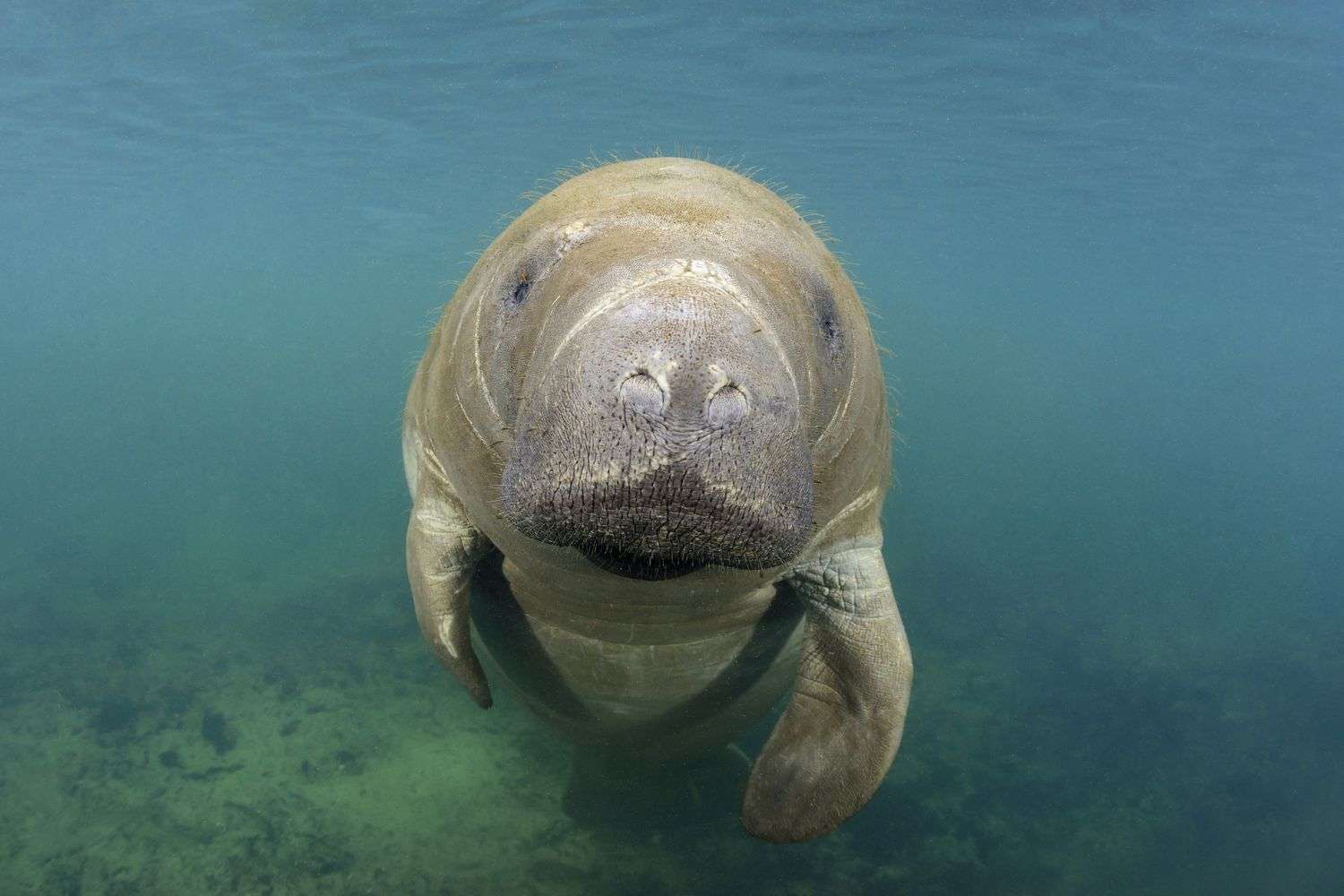
Conclusion
We reflect on the profound connection that these majestic marine mammals foster between humans and the natural world. Florida’s diverse ecosystems provide a unique stage for these encounters, with each location offering its own charm and allure. From the freshwater springs where manatees seek refuge during the cooler months to the coastal estuaries and seagrass beds they frequent year-round, Florida’s manatee habitats are as varied as they are captivating.
The experience of witnessing these gentle giants in their element is not merely a visual delight; it’s a powerful reminder of our responsibility to protect and conserve the environment. Manatees face numerous challenges, including habitat loss, water pollution, and boat-related injuries. By becoming advocates for their well-being, we can help ensure a future where manatees continue to thrive.
Florida’s manatee sanctuaries are not just a destination for wildlife enthusiasts but a source of inspiration for all who seek a deeper connection with nature. They remind us of the importance of preserving our natural heritage and the vital role that these magnificent creatures play in our planet’s delicate balance.
The opportunity to see manatees in Florida is an invitation to slow down, immerse ourselves in the serenity of nature, and, most importantly, to be stewards of the sea cows’ fragile aquatic world. So, whether you’re planning your next adventure or simply seeking a moment of reflection, remember that Florida’s manatees are waiting to share their grace, beauty, and resilience with all who visit their watery realm.

